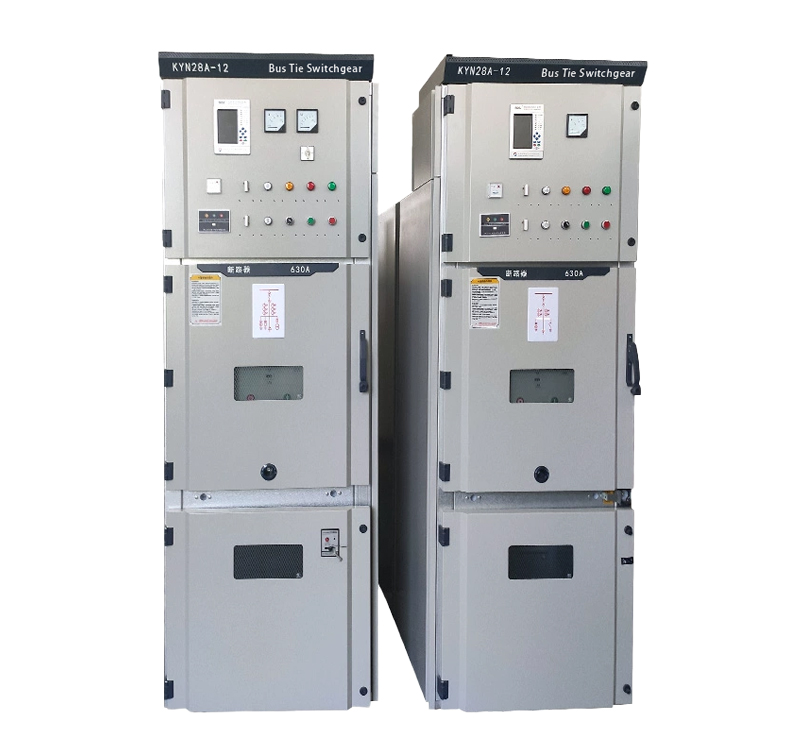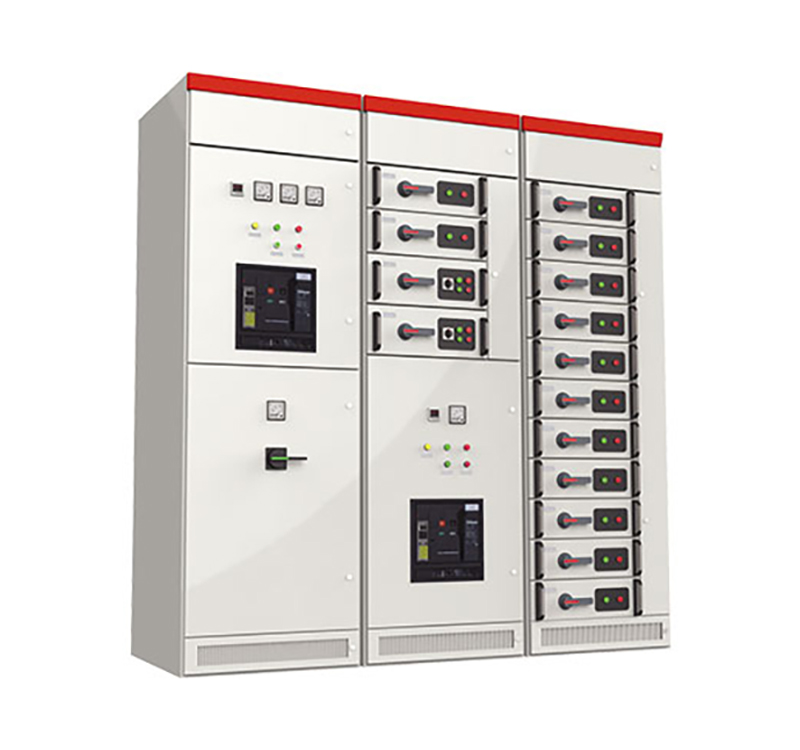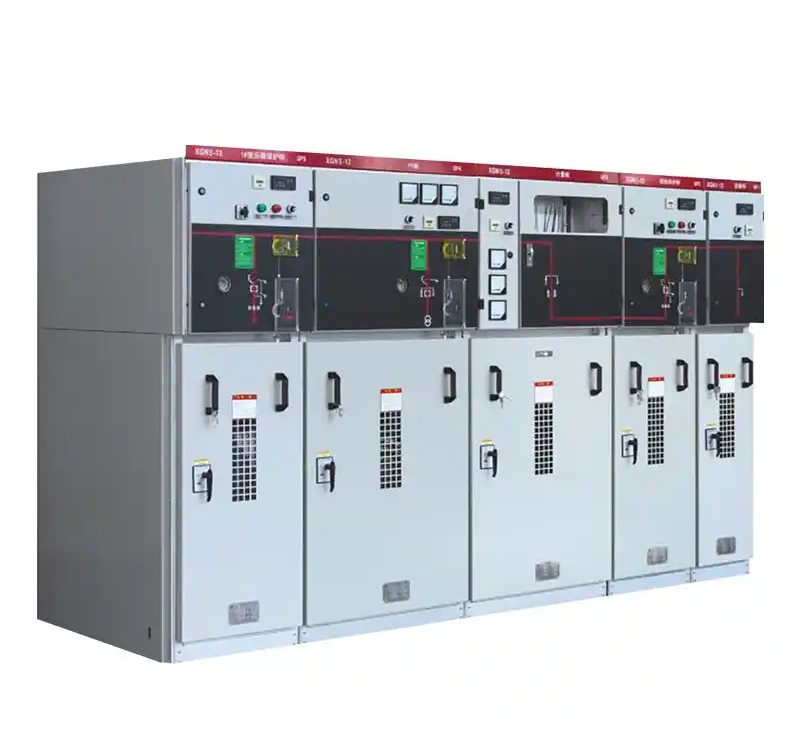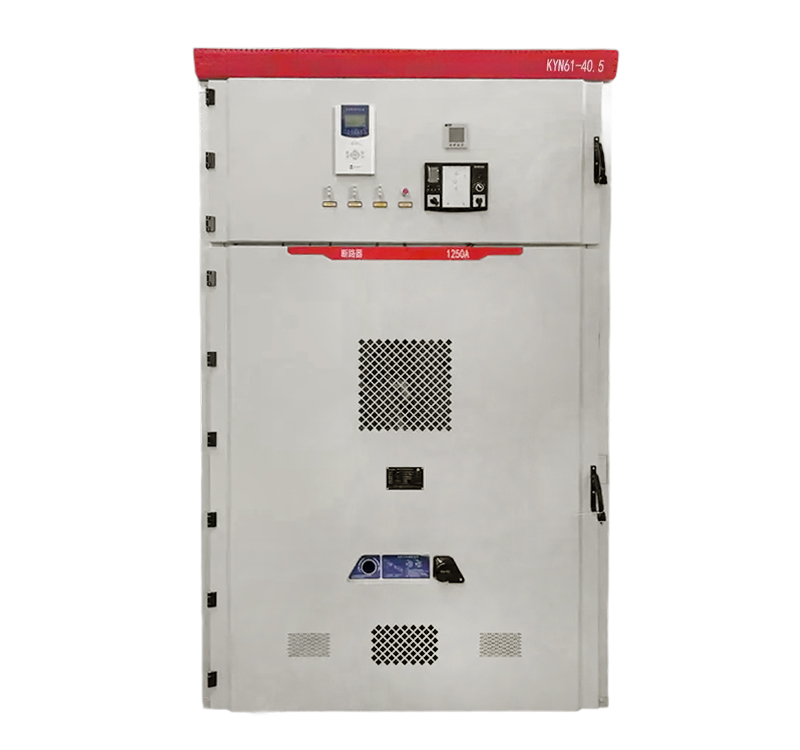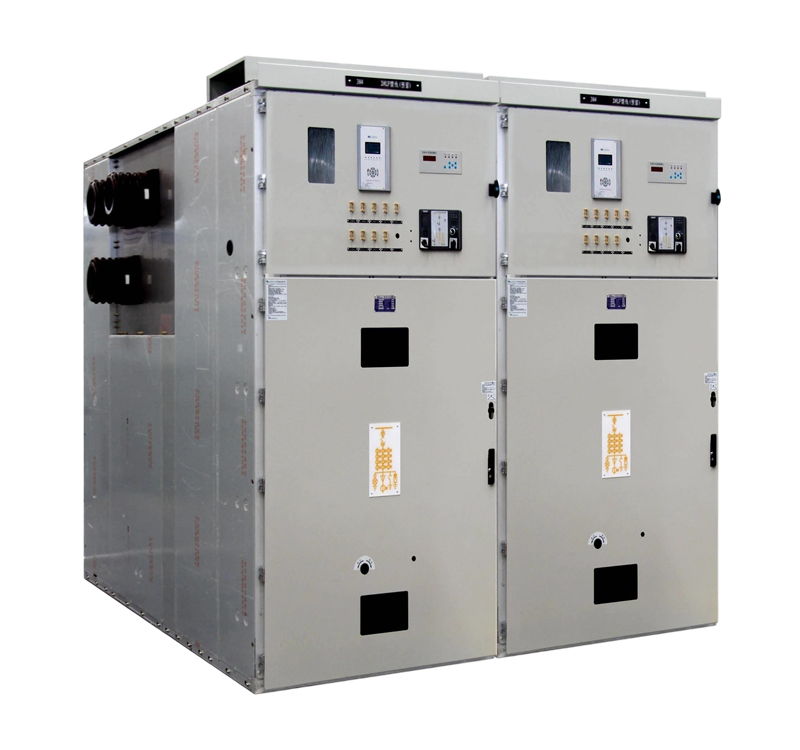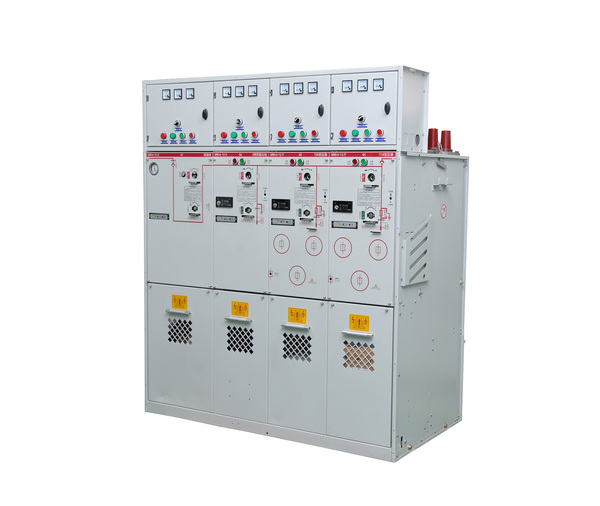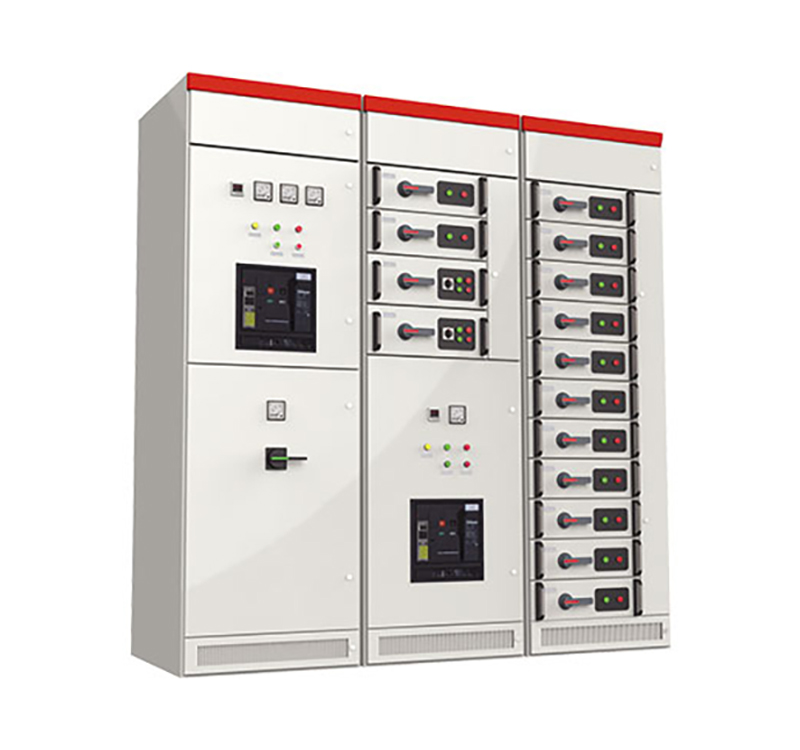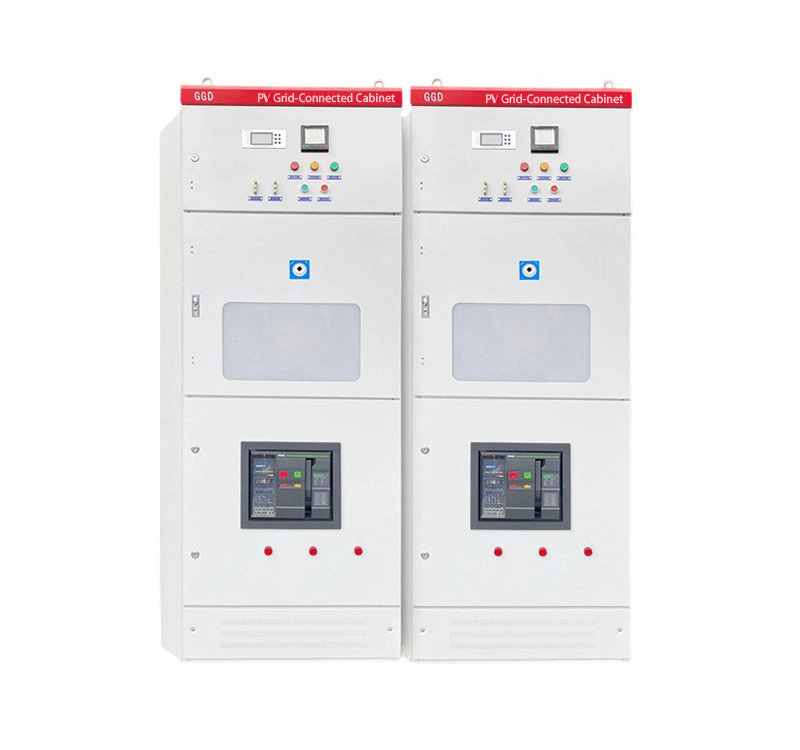
he primary differences between Air-Insulated Switchgear (AIS) and Gas-Insulated Switchgear (GIS) in terms of international standards and commonly used voltage levels lie in their construction, insulation medium, footprint, maintenance requirements, and environmental adaptability. Below is a detailed comparison:

1. Voltage Level Classification
AIS switchgear:
Suitable for medium voltage (3.6 kV–72.5 kV) and high voltage (72.5 kV–800 kV and above) systems. Common international voltage levels include:
Medium Voltage: 12 kV, 24 kV, 36 kV, 40.5 kV, 72.5 kV (IEC standard)
High Voltage: 145 kV, 245 kV, 420 kV, 550 kV, 800 kV (IEC standard)
GIS switchgear:
Also applicable to medium and high-voltage systems but more commonly used in high and extra-high voltage (≥110 kV) applications, such as:
72.5 kV, 145 kV, 245 kV, 420 kV, 550 kV, 800 kV (IEC standard)
Some countries (e.g., Japan, Europe) also use GIS for 40.5 kV–72.5 kV medium-voltage systems.
2. Insulation Medium
AIS switchgear: Uses air as the primary insulation medium, relying on air gaps and insulators for phase-to-phase and phase-to-ground insulation.
GIS switchgear: Uses SF₆ gas (or alternative eco-friendly gases such as clean air or N₂ mixtures) for insulation and arc quenching, enclosed in sealed metal enclosures.
3.Structural Design
AIS switchgear:
Open-type design, with equipment (circuit breakers, disconnectors, busbars, etc.) exposed to ambient air.
Requires large electrical clearances (e.g., ~1.5 m for 145 kV AIS).
Typically phase-segregated, resulting in a large footprint.
GIS switchgear:
Fully enclosed metal housing, with all primary equipment (circuit breakers, disconnectors, current transformers, etc.) integrated into gas-filled compartments.
Compact design, often using three-phase common enclosure (for voltages up to 300 kV).
Occupies only 10%–30% of the space required by AIS.
4. Space Requirements
AIS switchgear:
Requires a large installation area. For example, a 145 kV AIS substation may occupy 3–5 times more space than GIS.
GIS switchgear:
Highly compact, making it ideal for space-constrained installations (e.g., urban substations, offshore wind farms).
For example, a 72.5 kV GIS may occupy only one-third of the space required by AIS.
5. Operation & Maintenance
AIS switchgear:
Highly susceptible to environmental factors (pollution, humidity, animal intrusion), requiring frequent cleaning and maintenance.
Easier to inspect due to open construction.
GIS switchgear:
Maintenance-free design, with sealed construction preventing external contamination.
Complex maintenance procedures, requiring specialized equipment for SF₆ leakage detection and internal fault diagnosis.
6. Environmental Adaptability
AIS switchgear:
Best suited for moderate climates with low pollution.
Prone to insulation degradation in high-altitude, high-humidity, or salt-laden environments (e.g., coastal areas).
GIS switchgear:
Suitable for harsh environments (e.g., deserts, polar regions, high altitudes, industrial zones).
IP65-rated, resistant to moisture, dust, and chemical corrosion.
7. Cost Comparison
AIS switchgear:Lower initial investment but higher long-term maintenance costs.
GIS switchgear:Higher initial cost (1.5–3 times that of AIS) but potentially lower total cost of ownership (TCO) due to reduced maintenance needs.
8. Industry Trends
AIS switchgear: Still widely used in medium-voltage distribution and some high-voltage applications (e.g., rural grids in developing countries).
GIS switchgear:
Dominates extra-high voltage (≥550 kV) and urban power networks.
Eco-friendly GIS solutions (e.g., Siemens 8VM3 Blue GIS) use SF₆-free technology (clean air insulation), complying with EU environmental regulations.

Conclusion
In international power systems, the choice between AIS and GIS depends on voltage level, space constraints, environmental conditions, and budget. GIS is preferred for high/extra-high voltage and urban installations due to its compactness, reliability, and environmental resilience, while AIS remains dominant in medium-voltage and cost-sensitive projects. With tightening environmental regulations, SF₆-free GIS is emerging as the future standard.
